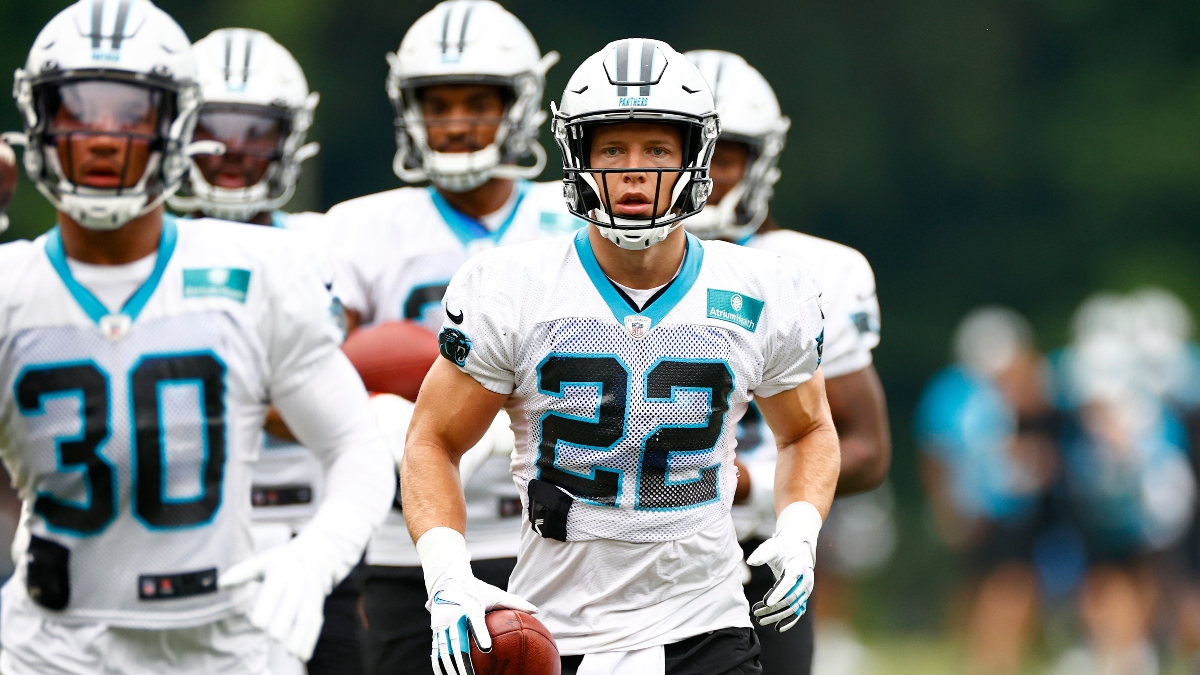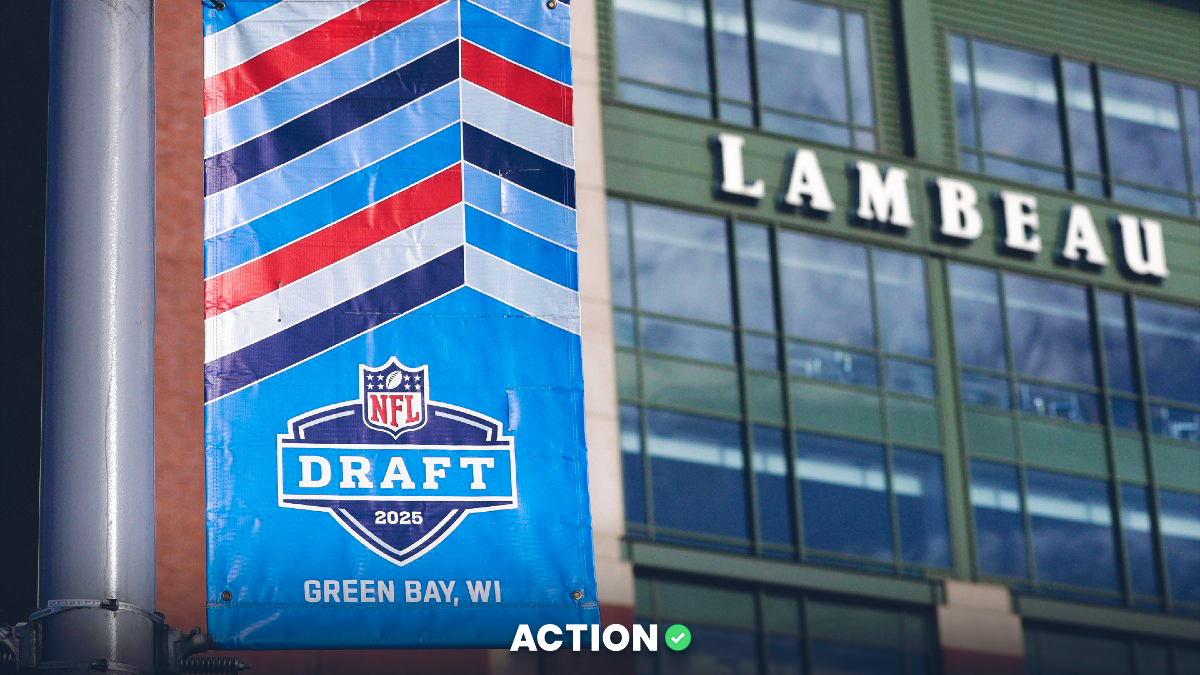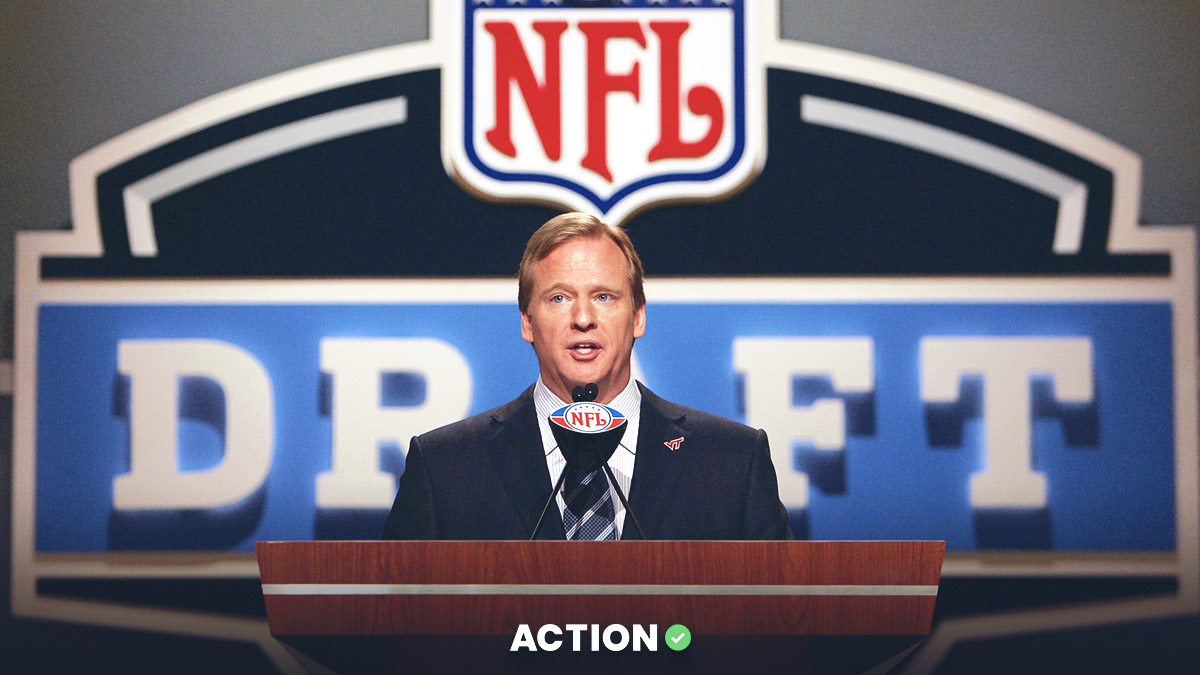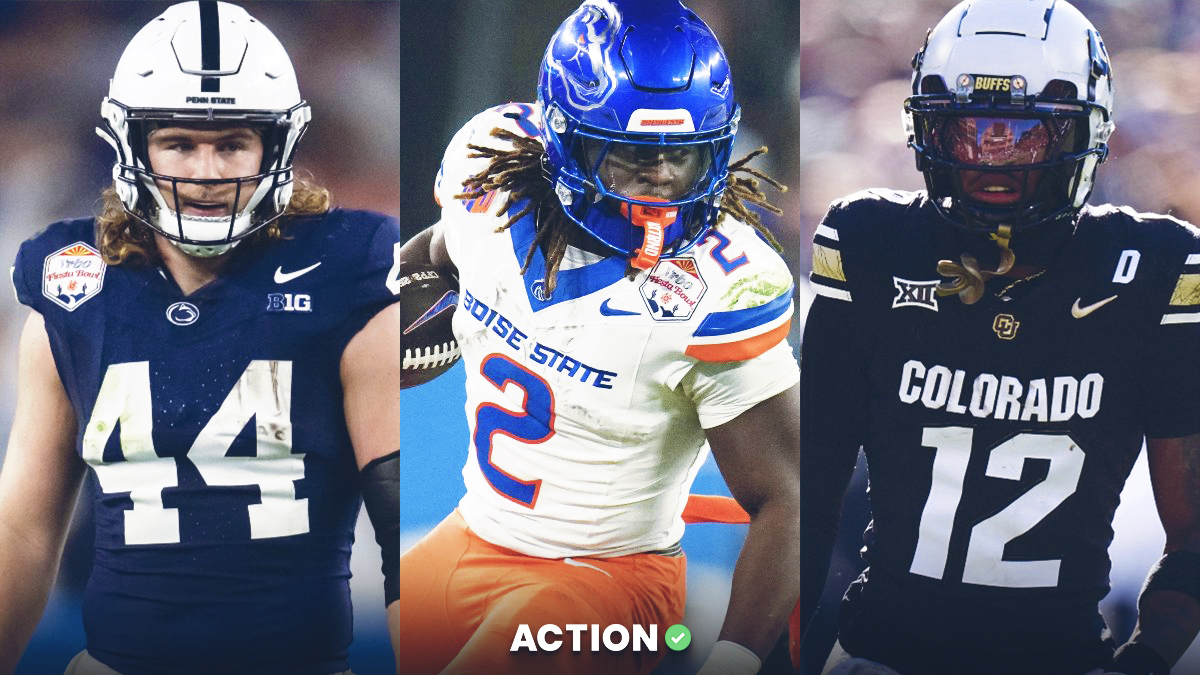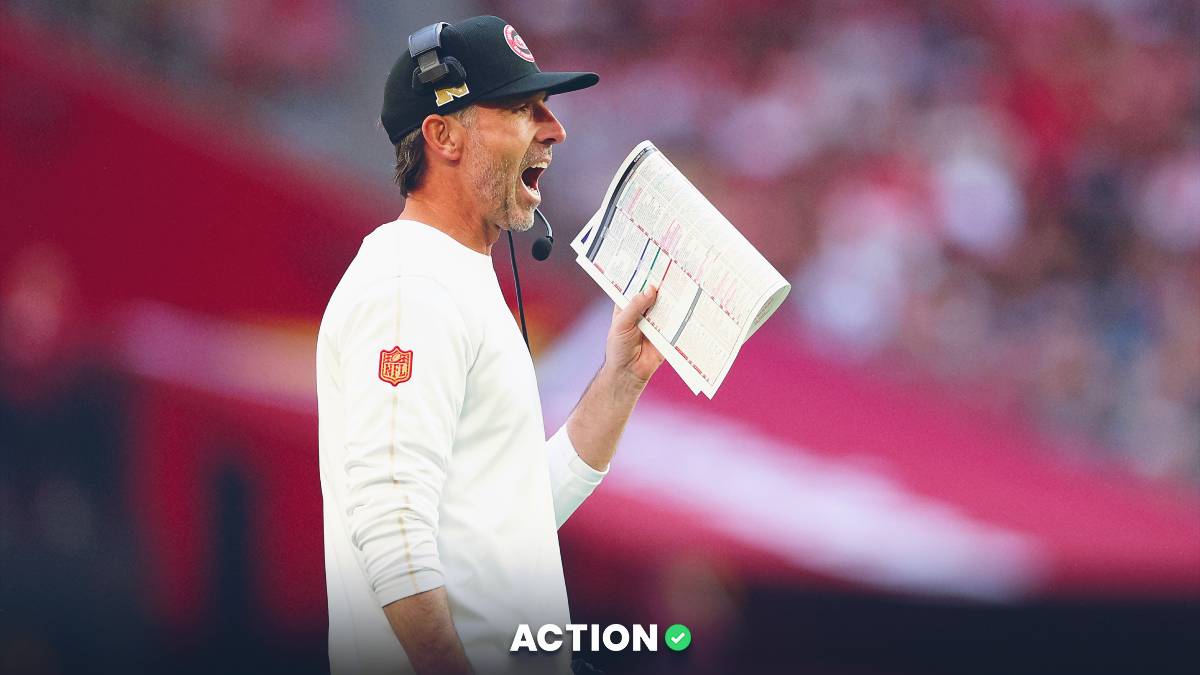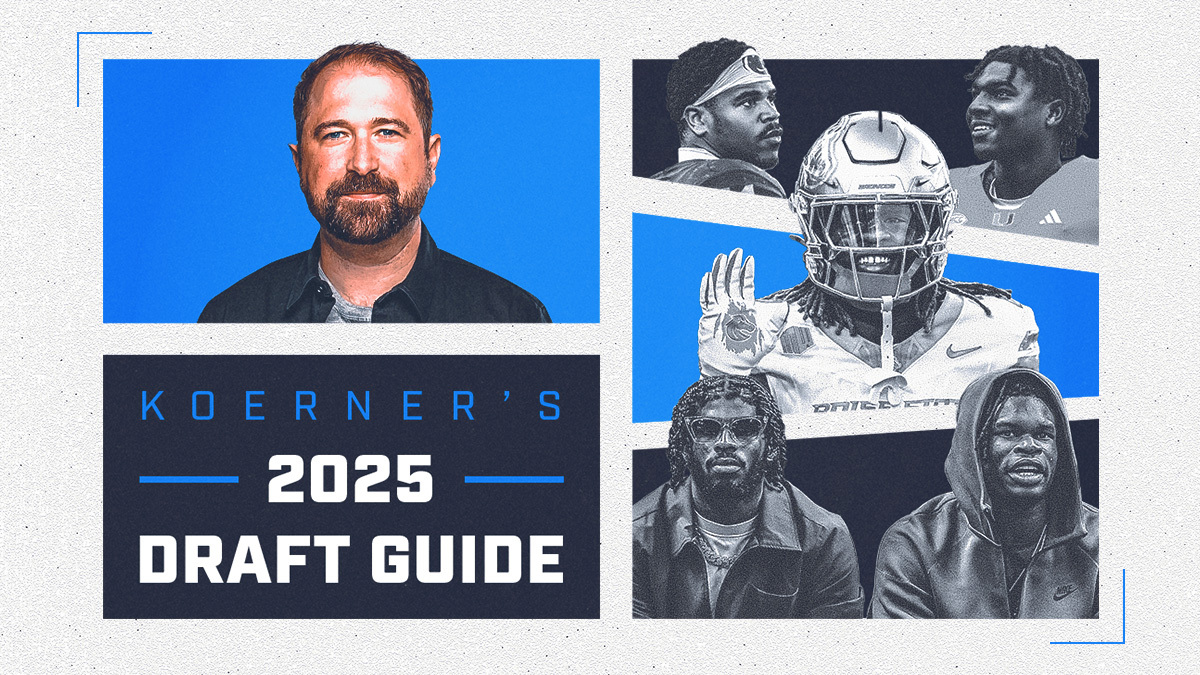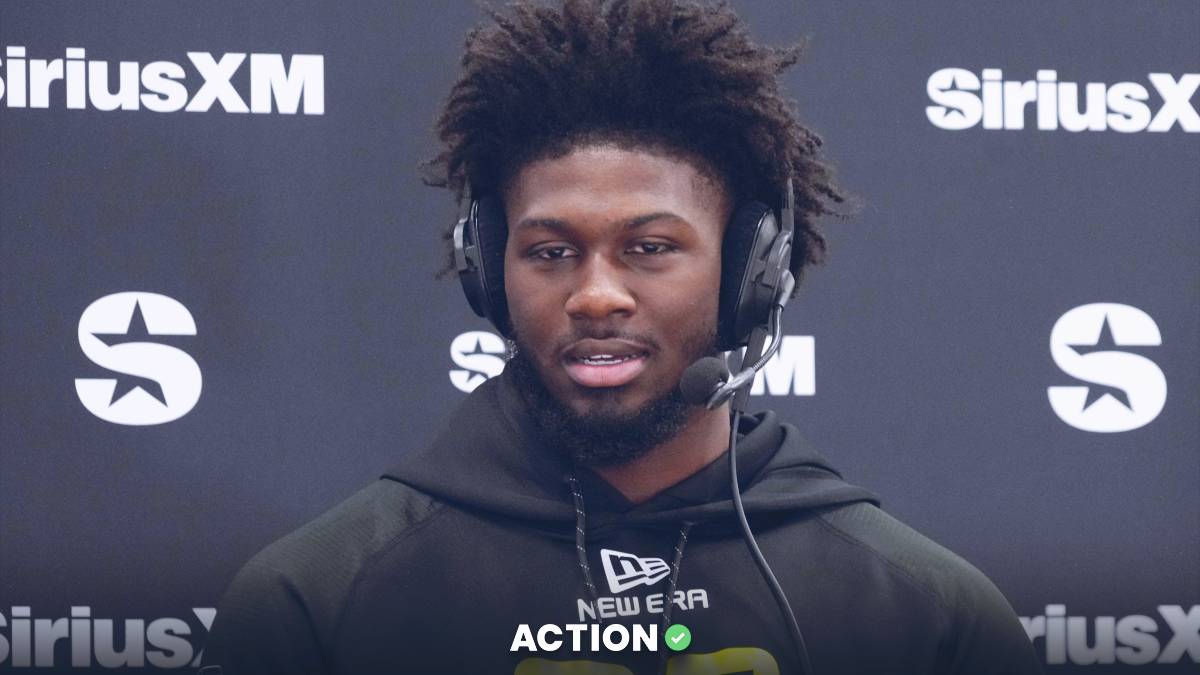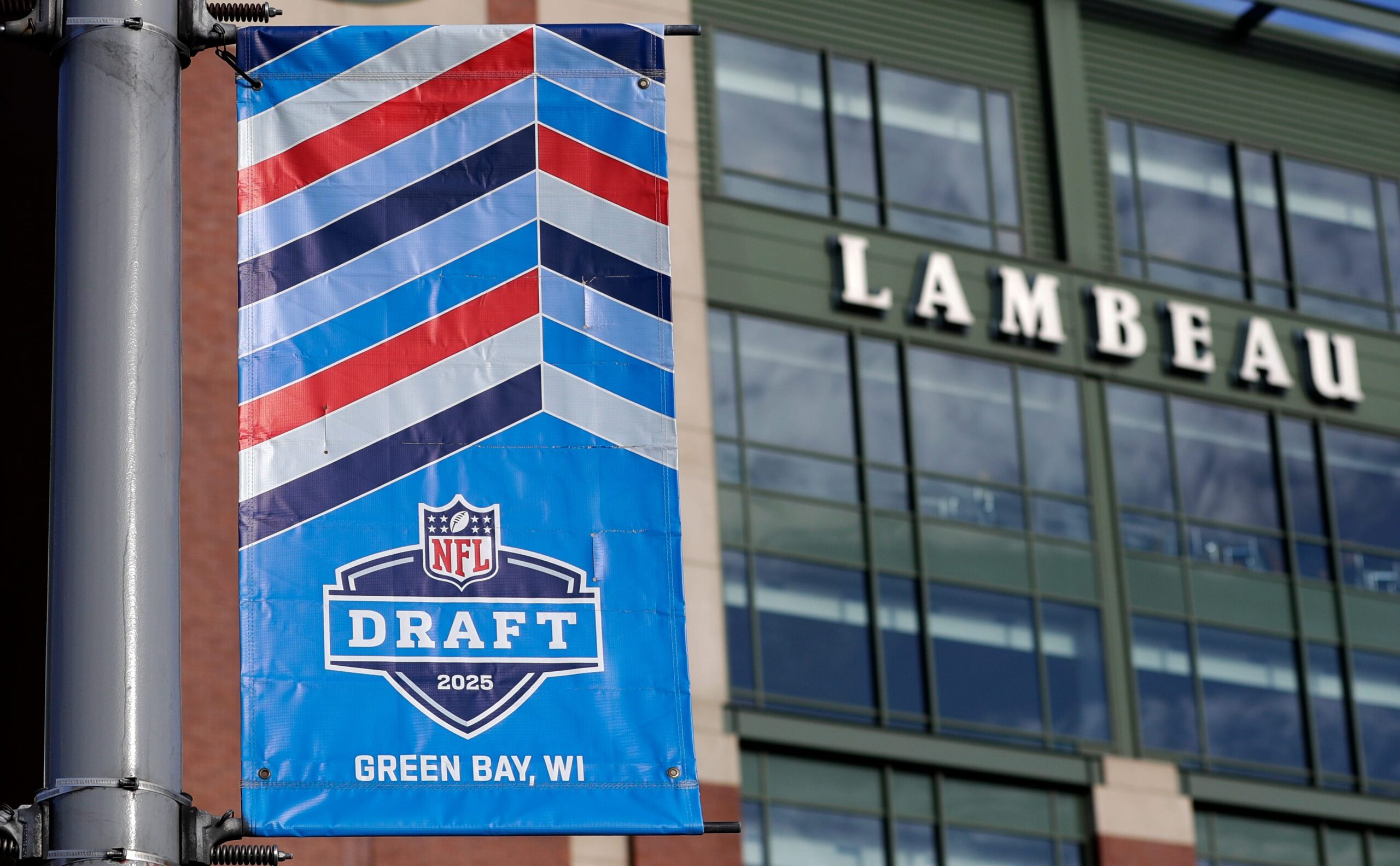There are many NFL preseason narratives that don't hold water, like the idea that only "degenerates" bet on these exhibition matchups.
In fact, the NFL preseason is a much sharper market than most would expect, specifically surrounding beating the market on news before lines adjust.
Another quite common narrative is that offenses are very "vanilla," meaning that coaches don't want to show too much on tape that future opponents can analyze and scheme to stop in upcoming regular season matchups.
Now, this narrative might just hold water.
And even better, there's also a way to take advantage from an NFL betting perspective as well.
Let me explain.
NFL Preseason Betting Trends
The idea that teams don't want to show too many offensive wrinkles in games that don't matter makes plenty of sense in theory, and thanks to our Action Labs software, we can test it to determine just how true it is.
Since the start of the 2004 NFL preseason, unders are 529-492-17 for a win rate of 51.8%.
While not even to reach the 52.38% rate needed to break even, there has still been an edge for unders over that span, one we can improve even further by looking at higher-total games.
Over that same span, unders in preseason games with closing totals of 37 or higher clock in at an impressive 328-250-11 (56.7%), while those at 36.5 and below are just 201-242-6 (45.4%).
And perhaps even more interesting is the fact that NFL preseason unders of at least 37 points have been incredibly consistent since 2004 with just three losing seasons.
At the time of writing, all three of Friday night's NFL preseason Week 1 games, Titans vs. Falcons (7 p.m. ET), Bills vs. Lions (7 p.m. ET) and Cowboys vs. Cardinals (10 p.m. ET), have totals of 37 or higher (click here for live NFL odds).
This doesn't necessarily mean you need to go out and bet every single NFL preseason under that fits in this range. However, it is important to not only integrate this into your current handicapping strategy, but to also illustrate the importance of data when determining the validity of commonly-held narratives.



